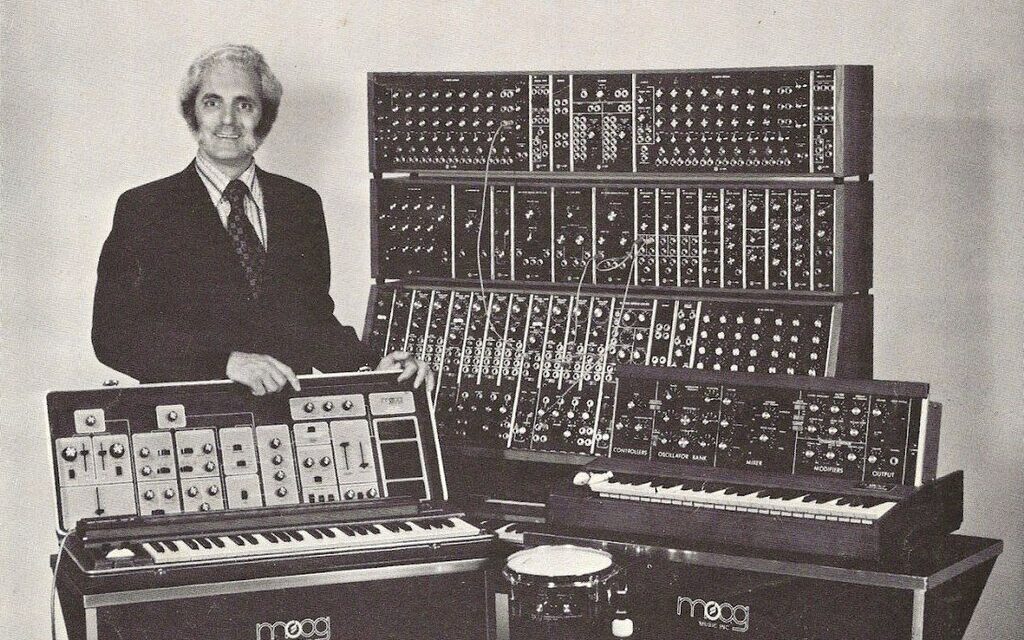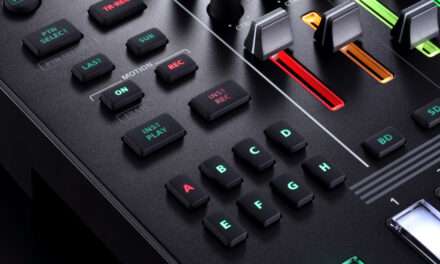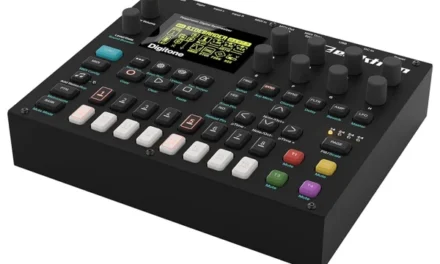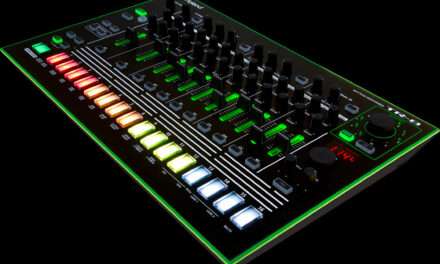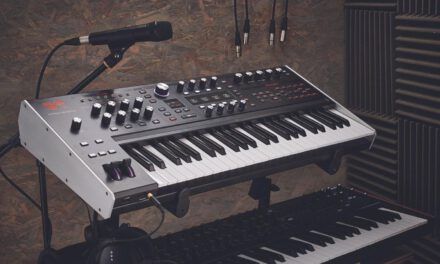What is a Synthesizer?
A synthesizer is an electronic instrument that generates and manipulates sound through various methods, including analog and digital signal processing. It uses components like oscillators, filters, and amplifiers to create a wide range of sounds, from emulating traditional instruments to producing entirely new timbres.
Brief History and Evolution
The history of synthesizers dates back to early 20th-century instruments such as the Theremin (1920) and the Ondes Martenot (1928). Significant milestones include Robert Moog’s modular synthesizers in the 1960s, which introduced voltage-controlled oscillators and filters, and the digital revolution of the 1980s, which brought about sampling and FM synthesis134. The transition from analog to digital technology has expanded the capabilities of synthesizers, offering greater precision and versatility.
Role in Music Production and Sound Design
Synthesizers have profoundly impacted music production by providing a vast array of sounds and creative possibilities. They have influenced genres from electronic and pop to rock and film scores, enabling musicians to craft unique sounds and textures69. Synthesizers are integral in modern music studios, allowing for the creation of complex soundscapes and timbres that were previously unimaginable.
Types of Synthesizers
Analog Synthesizers
- How They Work: Analog synthesizers use voltage-controlled oscillators, filters, and amplifiers to generate sound. They are known for their warm, organic sound and natural imperfections9.
- Characteristics: Warmth and organic feel, often preferred for their rich, analog sound.
- Examples: Moog Minimoog, Roland Jupiter, Korg MS-20.
- Monophonic vs. Polyphonic: Monophonic analog synths produce one note at a time, ideal for basslines and leads, while polyphonic synths can play multiple notes simultaneously, suitable for chords and complex melodies.
Digital Synthesizers
- Sound Generation Techniques: Digital synthesizers utilize techniques such as sampling, FM synthesis, and wavetable synthesis to generate sound9.
- Advantages: Precision, versatility, and modern applications make digital synths highly adaptable.
- Examples: Yamaha DX7, Native Instruments Massive.
- Variations Within Digital Synthesis:
- FM Synths: Known for bright, glassy tones.
- Physical Modeling Synths: Simulate acoustic instruments using mathematical models.
- Additive Synths: Combine sine waves to create complex sounds.
Hybrid Synthesizers
- Combining Analog and Digital Technologies: Hybrid synthesizers merge the warmth of analog sound with the precision and versatility of digital technology, offering the best of both worlds in terms of sound quality and control8.
- Use Cases and Modern Trends: Popular in contemporary music production for their balanced sound and flexibility.
Modular Synthesizers
- What is Modular Synthesis?: Modular synthesis involves using patch cables to create customizable signal flows, allowing for highly experimental sound design7.
- Popular Modular Systems: Eurorack, Moog Modular systems.
- Flexibility and Customization: Modular synthesizers offer immense flexibility, making them ideal for experimental musicians.
Software Synthesizers (Soft Synths)
- The Rise of Software-Based Synths: Emerged with advancements in computer technology, offering flexibility and portability6.
- Advantages: Cost-effective, easily updated, and highly versatile.
- Popular Examples: Serum, Omnisphere, Vital.
- Virtual Analog Synthesizers: Mimic the sound and functionality of analog synths using digital technology.
Monophonic vs. Polyphonic Synthesizers
- Monophonic Synths: Produce one note at a time, ideal for basslines and leads.
- Polyphonic Synths: Play multiple notes simultaneously, suitable for chords and pads.
Conclusion
Synthesizers have revolutionized music production by offering endless creative possibilities and shaping the sound of various genres. As technology continues to evolve, synthesizers will likely play an even more significant role in shaping the future of music, with ongoing innovations in both hardware and software synthesis15. Encouraging exploration and experimentation with different synthesizer types can lead to unique sound creations and new musical expressions.


